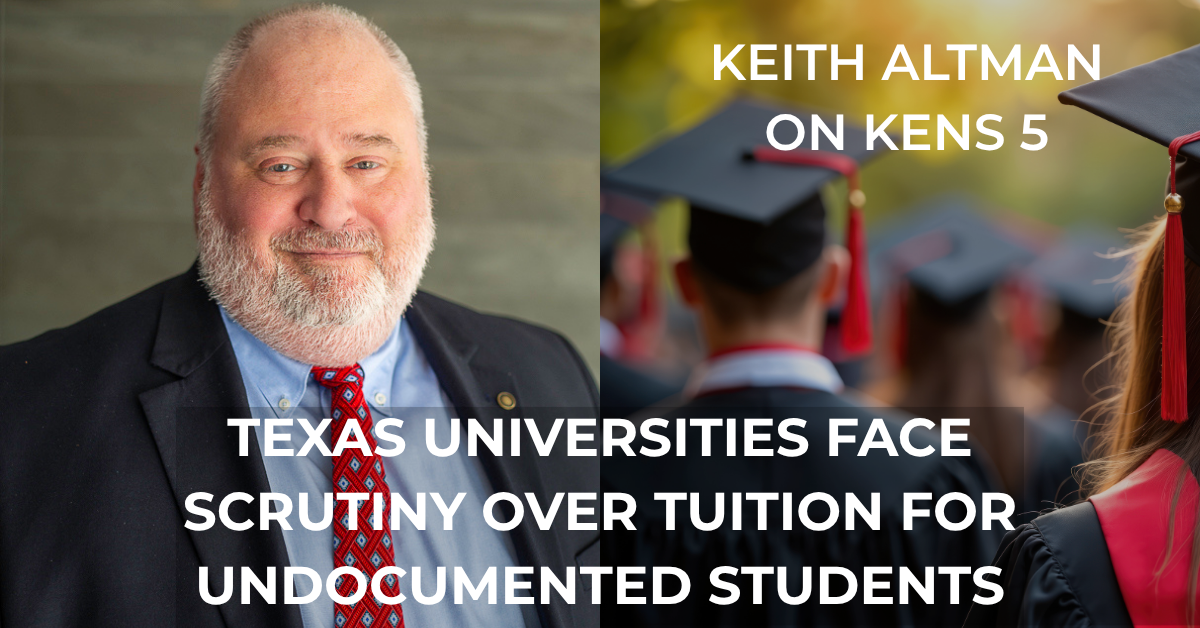In today’s general and special education, the Multi-Tiered System of Support (MTSS) is one of the most significant frameworks. This multi-tier system offers early intervention and support for all students through a comprehensive, identifiable, and systematic data-driven approach that focuses on meeting the needs of students with disabilities. In this blog, we are going to explore what MTSS is, how it works, and why it is essential in special education.
What is MTSS in Special Education?
MTSS is an approach that seeks to ensure that providing proper, targeted support to students is based on individual needs. Unlike the past models, MTSS works not only to target children for academic support but also for behavioral, social, and emotional needs. This approach will ensure that every child, particularly with disabilities, receives an intervention to become successful while at school.
MTSS is a multi-tiered scaffolding system in which students are exposed to the degree of support they need to overcome a particular challenge. The model wraps around various evidence-based strategies to ensure that each learner achieves academic success and wellness.
Importance of Early Intervention
One of the mantras of MTSS is allowing early intervention. Early identification and intervention of learning and behavioral problems work in favor of timely support by the teaching faculty, preventing more serious problems in the long run. This goes a long way in providing such cases—especially the ones with disabilities—with a good platform for future learning.
Goals of MTSS
The main goals of MTSS are to enhance academic performance, support positive behavior, and promote social and emotional learning. In turn, MTSS also supports the development of the “whole child,” where education applies to all facets of a student’s life.
Key Components of MTSS
Tiers of Support
MTSS has three tiers of intervention; each applies various levels of intensity and complexity in instructional approaches.
Tier 1: Core Instruction for All Students
Tier 1 is the foundation of MTSS. It includes high-quality, research-based instruction provided to all students in the general education classroom. The intent is to successfully address the needs of most students with good teaching.
Tier 2: Small Group Interventions
For students who do not respond sufficiently to Tier 1 instruction, Tier 2 provides more focused interventions. These small group interventions address specific academic or behavioral issues and are provided in addition to the core instruction.
Tier 3: Intensive, Individualized Support
Tier 3 represents the most intensive level of support for individual students who are unsuccessful in implementing Tiers 1 and 2. Specialized instruction is usually involved in this tier and may include more frequent progress monitoring.
Intensity of Interventions Across Tiers
As students move through Tier 1 to Tier 3, the intensity of the interventions continues to escalate. This tiered system enables educators to provide the right level of support for each student based on their needs and ensures all students can be as successful as possible.
Focus Areas
MTSS does not focus solely on academic interventions. Behavioral, social, and emotional growth are huge components of a student’s overall success.
Academic Growth
MTSS supports the academic domain by helping students achieve overall success through matched instruction and programming interventions that meet their needs. This closes the achievement gap, with all students achieving academic standards.
Behavior
MTSS embraces positive behavioral interventions and supports. Promoting positive behavior provides a safe and conducive learning environment for all students.
Social and Emotional Needs
MTSS recognizes social and emotional learning as a part of students’ lives. It provides interventions that help students acquire crucial life skills such as emotional regulation, resilience, and interpersonal skills.
Absenteeism
MTSS focuses on absenteeism as a primary stumbling block to a student’s success. Identifying the causes of absenteeism and providing the right interventions keeps students connected to their learning and keeps them consistently attending school.
MTSS Implementation
Screening and Identification
Therefore, embarking on the implementation process through universal screenings will effectively address students in need in a timely and effective manner.
Intervention Planning Data
Data constitute the core framing on which MTSS is based. Educators should utilize the collected data to monitor and plan students’ interventions and change support levels. Data drives to ensure appropriateness and effectiveness in the delivery of interventions.
Teachers are really at the core of MTSS, delivering an assigned intervention, monitoring a student’s responsiveness, and altering the targets; professional development and in-time support are very important, and without these, teachers cannot do MTSS.
Integration with Every Student Succeeds Act (ESSA)
MTSS works toward ESSA’s goals, stressing the education sector opportunities that support equity and accountability goals. Through the application of MTSS, schools can identify and achieve the numerous ESSA requirements and demands with comprehensive support to all students.
Comparison between MTSS and RTI
It is generally perceived that RTI is a subset of MTSS. While RTI acts as a very narrow and focused structure for using academic interventions, MTSS is an all-encompassing structure that takes care of the academics and the responses to students’ behavior and social and emotional needs.
Covers a Wider Spectrum than RTI
RTI is the academic component of MTSS, but MTSS covers much more than RTI does in terms of student development.
MTSS and Special Education
MTSS affords students with disabilities a plethora of benefits, including specific, targeted, evidence-based interventions. MTSS works to ensure that students receive specific interventions based on data.
How IEPs Fit into MTSS-END
The IEP can be grafted into the MTSS framework at the Tier 3 level. An IEP will ensure that a student with disabilities receives the required support while taking advantage of the MTSS framework.
Data-Based Individualization under Tier 3
Interventions under this tier are very specialized and individualized, largely informed by the data collected through progress monitoring and assessment. This ensures that interventions are tailored to each student’s needs.
Support for Aligned Tier 1 and Tier 2 Interventions
MTSS will maintain intervention support for both Tier 1 and Tier 2 interventions for IEP goals by ensuring that the interventions provided at all tiers are consistent.
Legislative Compliance
MTSS will chiefly support all the applicable legal requirements by the schools regarding special education. This may include the following:
Free and Appropriate Public Education (FAPE)
MTSS will help ensure that students with disabilities receive free and appropriate public education by applying for FAPE.
Initial Screens and Evaluations
Screening and evaluation are a must for MTSS models as part of the process for identifying disabled students who need special services and for re-identification.
Least Restrictive Environment (LRE)
The MTSS also operationalizes the LRE. It protects and ensures that disabled learners are educated equally with their peers in all aspects.
Identification of Students Who May be Disabled due to Learning Disabilities
MTSS provides a systematic method for identifying whether a student has an SLD and what interventions and accommodations are needed to support the student best.
Examples of MTSS in Action
Case Studies of MTSS in Practice
Several examples of MTSS in practice offer case studies that have demonstrated positive student results following the implementation of the MTSS framework. These case studies give meaning to how MTSS can be contextualized for specific schools and students’ individual needs.
Specific Content Areas
It is applicable to reading, mathematics, behaviors, and social-emotional supports. Providing structured data plans to all these areas through MTSS enhances easy implementation and successful use.
Challenges of MTSS
Barriers to Implementation
For any idea to be useful and effective, definitely there are several hiccups in implementing that idea.
This can prevent the successful implementation of MTSS since providing mandatory interventions without good staff will be challenging.
Evidence-Based Instruction
This is paramount to the success of the MTSS: ensuring that all the interventions offered under the MTSS are evidence-based, though it can be tricky to find and, at times, to implement.
Data Collection and Utilization
Data collection and data usage are processes necessary under the MTSS system but can be complex and time-consuming.
Solutions and Recommendations
Educator Training and Professional Development
Training and continuous professional development are keys for educators to employ MTSS. Schools should always invest in training programs that arm teachers with the required skills and knowledge for all learners.
Investment in Resources and Infrastructure
Schools and districts should invest in the resources and infrastructure necessary to support MTSS, including staff, materials, and technology.
Frequently Asked Questions (FAQs)
Can My Child Get Accommodations Without an IEP or 504 Plan?
Yes, MTSS can provide support and accommodations for students without an IEP or 504 plan. These are general education supports available to all student needs.
What is the Difference Between Services and Supports in Special Education?
Services are specialized instruction and related services provided to students with disabilities. Accommodations and modifications involve supports that allow students to access the general education curriculum.
Difference Between an IEP and a 504 Plan
An IEP is a program developed specifically for special education services, tailored to meet the unique needs of a student with a disability. A 504 plan is a program designed to provide accommodation and modifications so that a student with a disability can access the general education curriculum.
Conclusion
The MTSS provides a comprehensive structure for supporting all students, including those with disabilities, by addressing every student’s academic, behavioral, and social-emotional needs to ensure success. MTSS is not just for students with disabilities; support is afforded to all students through MTSS to make sure every child receives the instruction and interventions needed to thrive.




